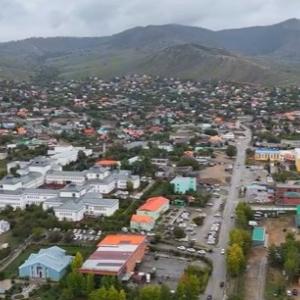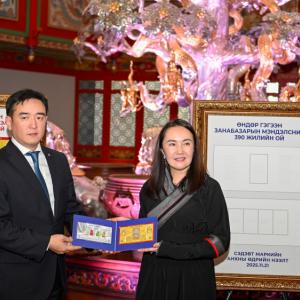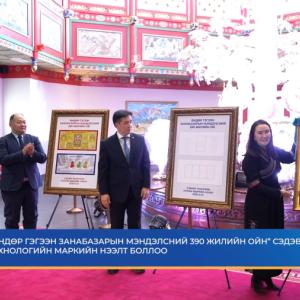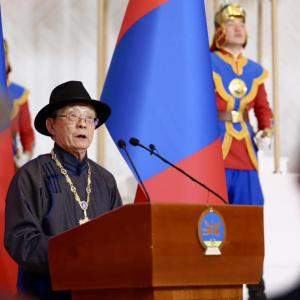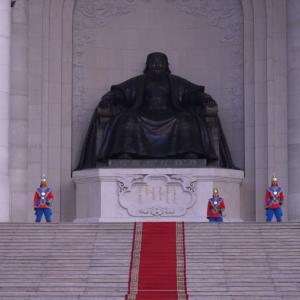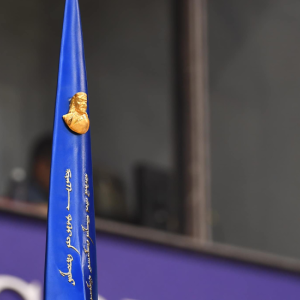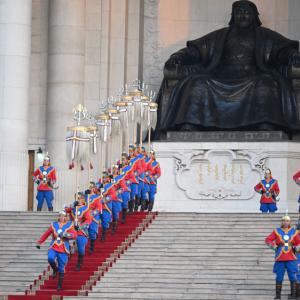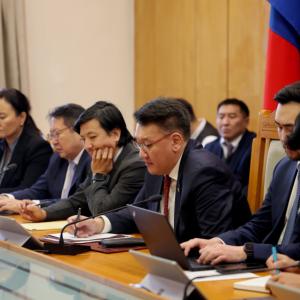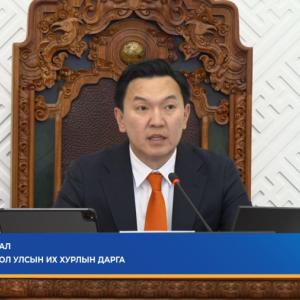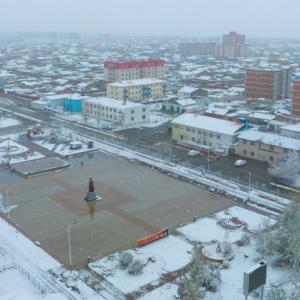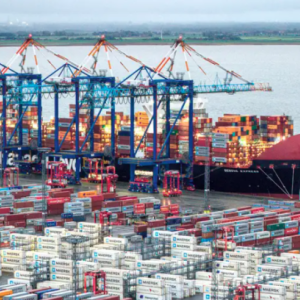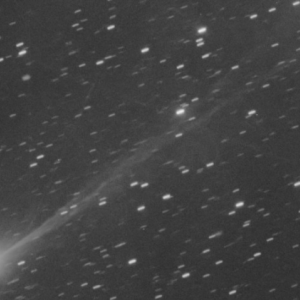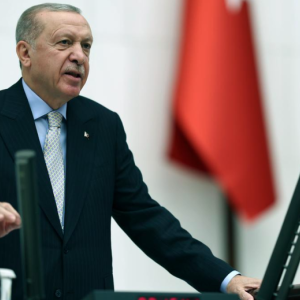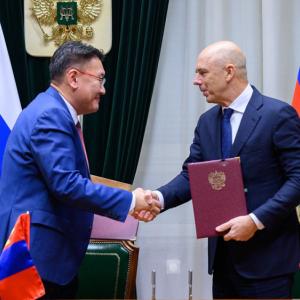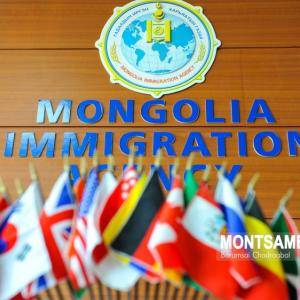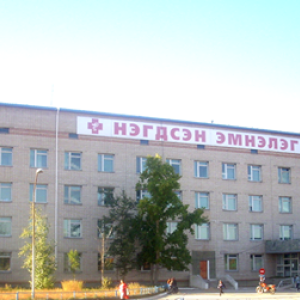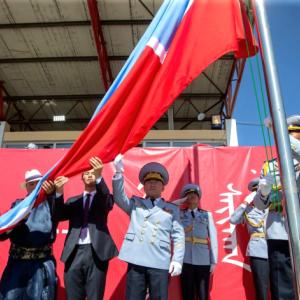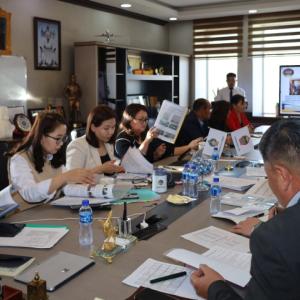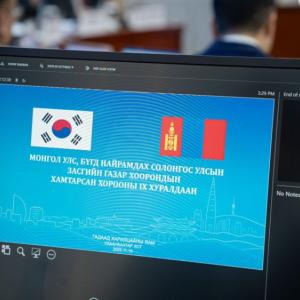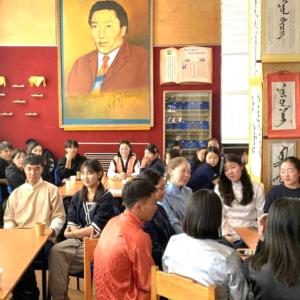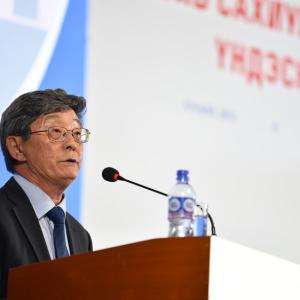“Foreign currency reserves enough to cover Mongolia’s imports for 9 months”
The Mongol Messenger
Director
of the Reserve Management and Financial Markets Department of the Bank of
Mongolia (BoM) A.Enkhjin gave an interview to MONTSAME News Agency about the
Central Bank’s policy during the pandemic as well as the economic outlook.
-What
measures are being implemented by the Bank of Mongolia during the COVID-19
pandemic?
-The Bank of Mongolia is implementing all
possible measures required to reduce the COVID-19 pandemic’s negative impact on
the sectors of economy, banking, and finance based on good practices of other
countries and corresponding law and regulations. Without limiting the measures
to monetary policy methods, some requirements and criteria followed by banks in
the framework of appropriate macro policies and monitoring are also being
implemented.
The public may have heard about several announced
measures that have been taken so far, such as lowering the police rate by 2
percentage points, reducing the required amount of reserves at banks, allowing
loan repayment deferrals, and increasing the list of collateral allowed to
acquire financing from the central bank.
Alongside these measures, the BoM is currently
doing various other works, including the re-implementation of the mortgage loan
program in compliance with the corresponding law approved by the parliament,
deferral of the loan repayment by up to 6 months, and provision of soft loans
to entities involved in gold mining in aims of increasing the foreign exchange
reserves of Mongolia.
-The
demand is high for mortgage loans in our country. Has there been any changes in
the requirements for mortgage loans? And what is the amount of financing
available for 2020?
-The BoM has made the following changes to the
mortgage loan program due to the current state of the economy. Citizens who acquired
mortgage loans with interest rates of 5 and 8 percent have become able to defer
their loan repayment by up to 6 months once if they submitted a request to
their corresponding bank before the end of April 2020. With changes made to the
loan repayment dates according to the requests of the clients, loans amounting
to a total of MNT 2 trillion of 38,270 borrowers have been involved in the
regulation.
Furthermore, for the clients that did not make
any changes to the loan repayment dates, a decision has been made to disburse
the amount equal to 2 percentage points for 3 months, which is estimated to reach
34,358 borrowers with a total loan amount of about MNT 1.4 trillion.
While previously, real estate in the clients’
possession was the only available form of collateral as down payment to acquire
mortgage loans, changes were made to the procedure, making it possible to also
use real estate in the co-borrower’s possession as collateral. As a result, people
who do not possess any real estate under their name, such as young families, now
have a more flexible set of conditions to be involved in the mortgage loan
program.
The central bank is also working in cooperation
with the Capital City Housing Corporation on a new option for public administrative
and public special servants working in high-risk environments, in which they
will be able to hold possession of apartments through rental purchase.
As for the financing of the program, banks have
provided a total of MNT 120 billion allocated by the BoM in the first half of
2020 to 1,646 borrowers. In the duration up to the end of 2020, plans are
currently set in place for both sides of the BoM and commercial banks to
provide MNT 150 billion, giving out a total of about MNT 300 billion to about
4,500 borrowers. Moreover, it is estimated that about 1,000-1,500 officers will
be able to own apartments through rental purchases in the framework of the
measures to be implemented by the Capital City Housing Corporation.
-Could
you tell us about BoM’s effort to provide financing for gold mining companies?
-BoM and the Ministry of Mining and Heavy
Industry are working together to increase the country’s foreign exchange
reserve in accordance with the Law on COVID-19 prevention, fight, and
mitigation of its socioeconomic impacts and the parliamentary resolution No.32
of 2020. As part of the effort, BoM made regulations to provide current assets
and investments on softer terms in order to increase gold mining and concluded
contracts with banks. The financing will improve the capacity of gold mining
companies and raise the amount of gold sold to BoM, thus playing an important
role in increasing national foreign exchange reserve. BoM has purchased 10.8
tons of gold and other precious metals in the first six months of 2020, an
increase of 4.8 tons or around 80 percent compared to the same period of last
year.
-Money
supply has increased with the adoption of those measures. How will it affect
the official foreign exchange rates?
-As stated in the Law on Central Bank (Bank of
Mongolia), the main objective of BoM shall be to ensure stability of the tugrug
currency. Under the objective, BoM aims to keep consumer price index inflation
rate within the target range in the medium term in accordance with the State
Monetary Policy Guidelines. BoM’s 2020 target range for inflation is 8 percent
and the central bank has set a goal to keep inflation rate at 6 percent in the
medium term. The way that the inflation rate has decreased over the last five
months and was 2.8 percent on national level and 2.4 percent in Ulaanbaatar in
June proves the possibility of implementing soft monetary policy. Therefore,
the pressure on foreign exchange rates could be relatively minor.
-How
has the foreign exchange rate changed since the beginning of the year?
-The Bank of Mongolia intervenes in the foreign
exchange market from time to time in order to reduce the risk of a sharp
depreciation of the tugrug, which can be temporary due to supply and demand
gaps. These policy decisions are aimed at keeping inflation, which is the
central bank's main goal, and ensuring the stability of the economy and
financial system.
The official foreign exchange rate depreciated
by 3.3 percent in the first half of 2020, and the Bank of Mongolia supplied USD
615.0 million in net foreign exchange. In addition, the Bank of Mongolia has
entered into short-term MNT and USD swap agreements to support banks in
ensuring their short-term liquidity.
The Bank of Mongolia will continue to maintain
its policy of avoiding sharp fluctuations in the exchange rate. As of June
2020, the country's foreign exchange reserves are at USD 3.6 billion, which is
enough to meet the demand for imports of products for 9 months that is required
to be paid by foreign exchanges. The Bank of Mongolia has reached an agreement
with the People's Bank of China to extend the MNT-RMB swap agreement for
another three years. Moreover, The Trade and Development Bank (TDB)
successfully repaid its USD 500 million international bond in May. This is
expected to have a positive effect on the exchange rate as no major foreign
payments are expected until April next year.
The trade balance, which has been in deficit
since the beginning of this year, turned positive in May and June. Exports in
June increased by USD 188.7 million compared with the previous month, including
exports of mining sector by USD 148.9 million. In the future, coal exports will
increase and efforts to support gold mining will have a positive impact on the
country's foreign exchange reserves. In general, we do not see any sharp
changes in the foreign exchange market and the exchange rate will be stable.
It should also be noted that Mongolia started
receiving first of the funding of USD 700-800 million to be provided by international
organizations and donor countries in 2020 to help overcome the difficult
economic situation caused by the COVID-19 epidemic.
-How
will the the repayment of foreign debts be financed in the coming years?
-As of the first quarter of 2020, Mongolia’s
foreign debts amounted to USD 19.8 billion or around 143 percent of Gross Domestic
Product of 2019, excluding the amount of direct investment between companies.
This debt was comprised of 36.5 percent of Government debts, 10 percent of the
Central bank’s debts and 53.5 percent of private entities’ debts.
As I mentioned before, the Bank of Mongolia and
the People’s Bank of China have agreed to extend their local currency swap
agreement by three years. As the central banks of the countries are
implementing a soft monetary policy amid the COVID-19 pandemic, interest rate
has been showing a stable fall at global market with decreasing financial costs
and expenses.
In addition, international rating agencies, such
as Fitch and Standard & Poor’s have affirmed Mongolia's credit rating to remain
unchanged at 'B' with a stable outlook by taking into consideration of external
and internal situations of Mongolia’s economy. To conclude, it considered fully
possible to reduce the amount of foreign debts as well as to re-finance with
the least possible pressure on the economy.
-Thank you for your time.
 Улаанбаатар
Улаанбаатар






